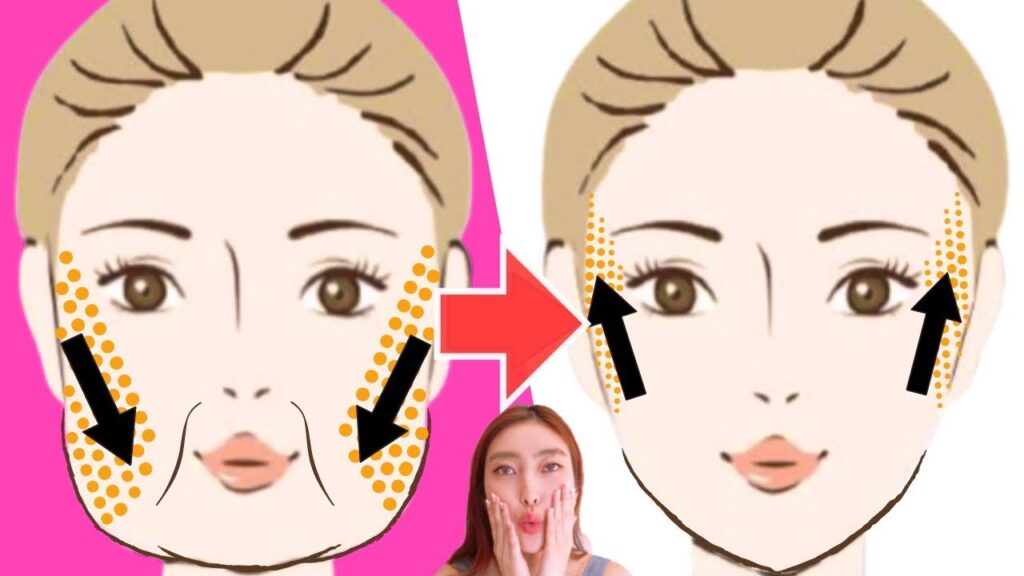
The face is one of the first areas where signs of aging become apparent, and among the most noticeable changes are folds. Commonly known as “smile lines” or “laugh lines,” nasolabial folds are the deep skin creases that run from either side of the nose down to the corners of the mouth.
Although they are a natural part of facial anatomy and movement, they often become more pronounced with age, contributing to a more tired or aged appearance. This article explores what folds are, their causes, how to prevent them, and the most effective treatment options available today.
What Are Nasolabial Folds?
Nasolabial folds are a pair of facial lines that separate the cheeks from the upper lip. These folds are formed by the underlying facial muscles and connective tissues, which support the skin and fat pads of the mid-face. Everyone has folds to some degree; however, their depth and prominence can vary depending on age, genetics, and lifestyle.
Causes of Nasolabial Folds
Aging
The most significant factor in the development of nasolabial folds is the natural aging process. As we age, several changes occur:
Collagen and elastin breakdown: These proteins keep the skin firm and elastic. With age, their production decreases, causing skin to sag.
Fat redistribution: Facial fat pads shift downward and lose volume, leading to hollow cheeks and deeper folds.
Bone resorption: The maxilla (upper jaw bone) and other facial bones may recede, reducing structural support for overlying tissues.
Sun Exposure
Ultraviolet (UV) rays from the sun accelerate skin aging, a process known as photoaging. UV damage leads to the breakdown of collagen and elastin, which worsens sagging and wrinkle formation.
Facial Expressions
Repeated smiling, laughing, and other facial movements can contribute to the development of these lines over time. While expressions are not a direct cause, they accentuate existing folds and can deepen them when the skin loses elasticity.
Smoking
Tobacco use restricts blood flow to the skin and introduces free radicals, speeding up skin aging and reducing the skin’s ability to repair itself.
Weight Fluctuations
Gaining and losing weight can stretch the skin and contribute to sagging. Over time, this may lead to more pronounced folds as skin loses its ability to bounce back.
Genetics
Some individuals may develop deep folds earlier in life due to genetic predisposition. Bone structure, skin thickness, and fat distribution all play a role.
Prevention Strategies
While folds are largely a result of aging and genetics, certain habits and practices can delay their onset or minimize their appearance:
Sun Protection
Use sunscreen with SPF 30 or higher daily, even on cloudy days. Wearing hats and avoiding peak sun hours can further reduce UV exposure.
Hydration and Nutrition
Drinking plenty of water and eating a balanced diet rich in antioxidants (found in fruits and vegetables) supports skin health. Omega-3 fatty acids, in particular, help maintain skin elasticity.
Skincare Routine
Moisturize regularly to keep skin supple.
Use retinoids (like retinol) to stimulate collagen production.
Include products with hyaluronic acid, which retains moisture and plumps the skin.
Avoid Smoking
Quitting smoking improves skin health and slows down the aging process.
Facial Exercises
Some evidence suggests that targeted facial exercises can tone facial muscles and potentially improve the appearance of folds over time.
Treatment Options for Nasolabial Folds
A wide range of treatments, both non-invasive and surgical, can reduce the appearance of nasolabial. The choice depends on the depth of the folds, patient preference, and overall facial anatomy.
1. Dermal Fillers
Hyaluronic acid-based fillers like Juvederm or Restylane are commonly injected into the folds to add volume and smooth the skin. The results are immediate and can last from 6 to 18 months, depending on the product used.
Pros:
Minimally invasive
Quick recovery
Customizable results
Cons:
Temporary
Risk of bruising, swelling, or asymmetry
2. Botox
Botulinum toxin is not typically used directly in folds but can be injected into nearby muscles to subtly lift and smooth the area. It is often used in combination with fillers for more comprehensive results.
3. Thread Lifts
A thread lift involves placing dissolvable threads under the skin to lift sagging tissue. This can improve the contour of the mid-face and reduce the prominence of folds.
Pros:
Less invasive than surgery
Minimal downtime
Cons:
Moderate results
Effects last around 12–18 months
4. Laser Resurfacing and Microneedling
These treatments stimulate collagen production and improve overall skin texture. While they won’t fill in deep folds, they can soften fine lines and enhance skin elasticity.
5. Fat Transfer
Fat from another part of the body (usually the abdomen or thighs) is harvested, purified, and injected into the folds. The results are natural-looking and longer-lasting than fillers.
Pros:
Uses the body’s own tissue
Can be permanent in some cases
Cons:
More invasive
Results can be unpredictable
6. Facelift Surgery
For those with significant skin laxity and deep folds, a rhytidectomy (facelift) may be the most effective solution. The surgery lifts and tightens the facial tissues, reducing fold depth and rejuvenating the face.
Pros:
Long-lasting, dramatic results
Addresses overall facial sagging
Cons:
Expensive
Requires anesthesia and recovery time
Psychological and Aesthetic Considerations
Nasolabial folds are a normal part of aging, and for many, they are nothing more than a natural facial feature. However, in a society that often equates youth with beauty, these folds can affect self-esteem and perceived attractiveness.
It’s important to approach aesthetic treatments with realistic expectations. A well-trained dermatologist or plastic surgeon will consider the entire face and recommend personalized treatments that preserve natural expression rather than erase all signs of age.
Conclusion
Nasolabial folds are a common concern as we grow older, but they are also an entirely natural feature of human anatomy. While aging is inevitable, the depth and visibility of these folds can be managed through a combination of good skincare, healthy lifestyle habits, and modern cosmetic treatments. Whether you’re looking to prevent their formation or reduce their appearance, numerous options exist to help you maintain a youthful, vibrant look while still embracing your natural beauty.
